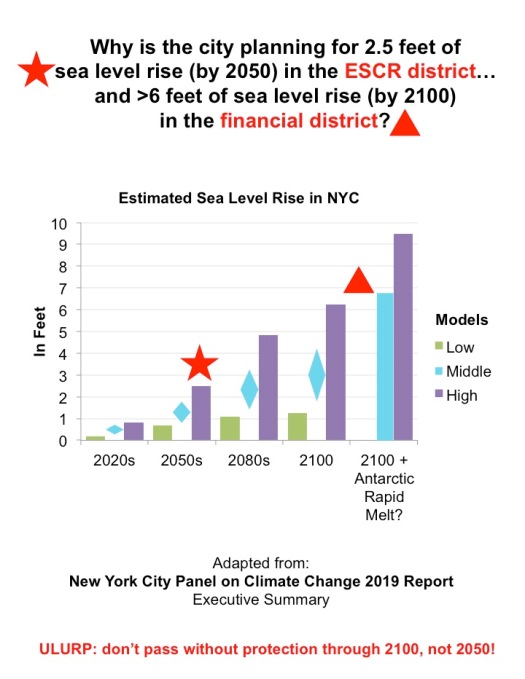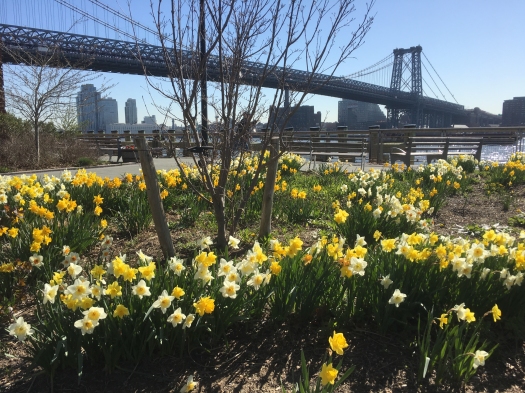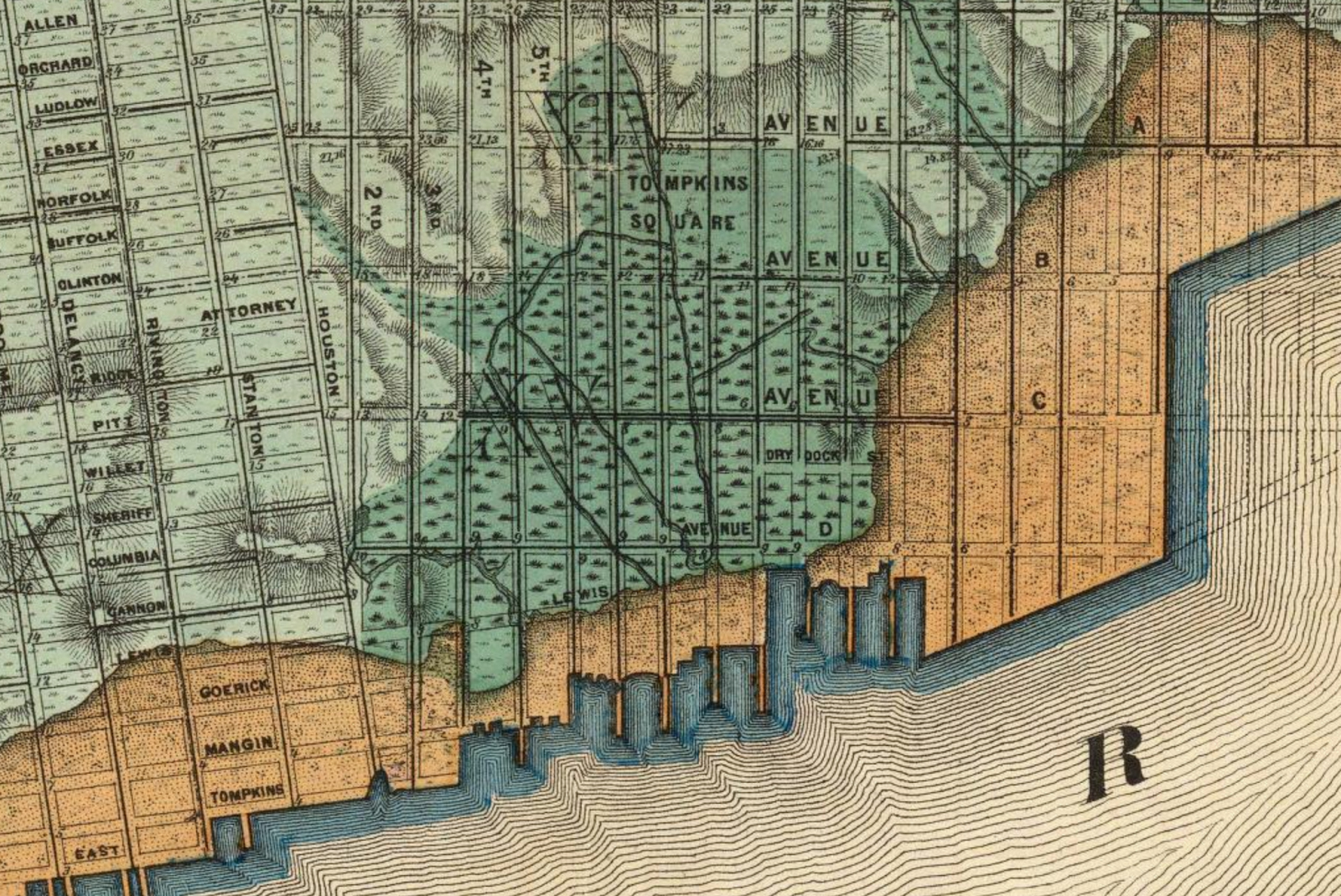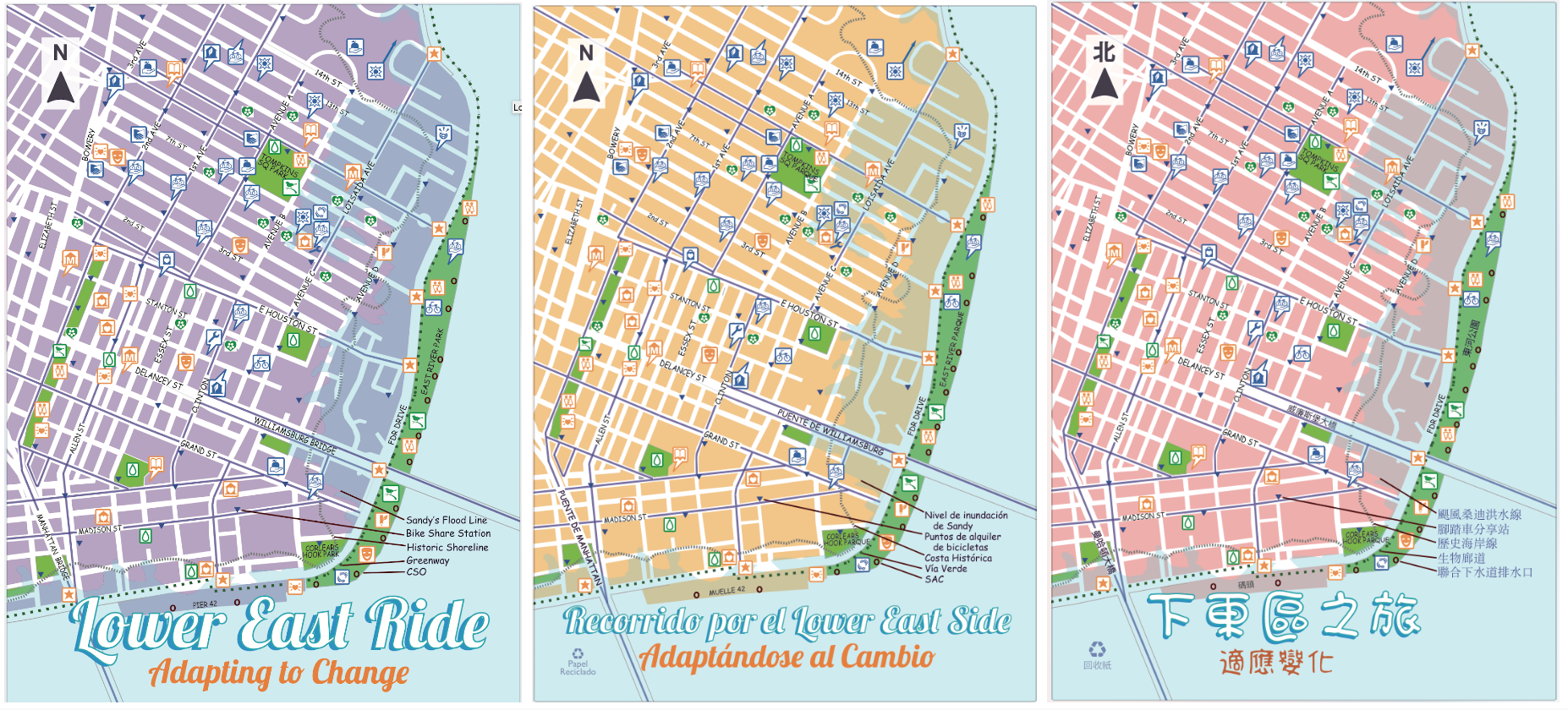by Amy Berkov
Those of us who advocate for biodiversity in the East River Parks are not promoting nature over people. We believe from our hearts that people are part of biodiversity and that biodiversity provides many wonderful benefits for people.
Trees extract carbon from the atmosphere and store it in wood; this is important because the carbon locked up in long-lasting wood no longer contributes to the greenhouse effect and global warming. Engineers are exploring methods to capture and store atmospheric carbon, but plants—and the soils in which they grow—still represent the most efficient technology! Trees also provide shade that lowers summer temperatures, and intercept pollutants.
Sustained exposure to open space provides well-documented benefits to both mental and physical health—especially for children. As an educator, I believe that nature study improves observational skills, increases attention spans, and promotes critical thinking. These are all important to the future success of our urban students, who get much of their exposure to nature in NYC parks.
I do not know of any precedent for a city to completely destroy a large, bio-diverse park—used on a daily basis by diverse neighborhood residents. Before making dramatic changes in the landscape, the city undertakes a process called the ULURP (Universal Land Use Review Procedure) and prepares an EIS (Environmental Impact Statement). These reviews include at public hearings that give community residents a chance to weigh in on land use decisions. For the benefit of both people and biodiversity, the city must take steps before approving the ULURP. I believe that, before proceeding with this unparalleled destruction, the city must take the following actions:
1) Bring in outside experts in coastal science to evaluate the city’s “preferred plan” to demolish the entire park.
2) Incorporate projections for sea level rise by 2100, not the 2050s (the city is currently planning for > 6 feet of sea level rise, by 2100, in the financial district, but for only 2.5 feet of sea level rise, by the 2050s, along the East River from Montgomery to 25th Street).

3) Revisit the idea of decking over the FDR (which might actually provide flood protection through 2100).
4) Agree to phased construction (not just phased re-opening); keep sections of the park open as other parts are under construction.
If the city is permitted to execute their “preferred alternative” without modifications, they will close, demolish, and bury all 57 acres of park for a minimum of three years. Children, seniors, those with fewer resources and the plants and animals in the East river Parks will all be the biggest losers.
Amy Berkov, a member of the Biology Faculty at the City College of New York, uses NYC Parks as outdoors laboratories to teach NYC students about local plants, insects, and their interactions.








